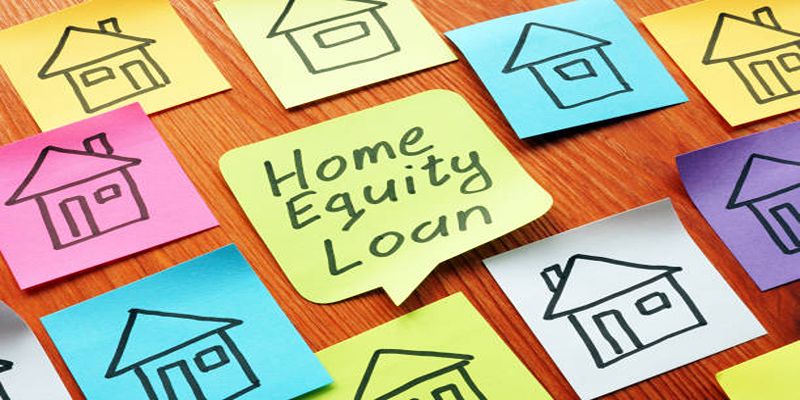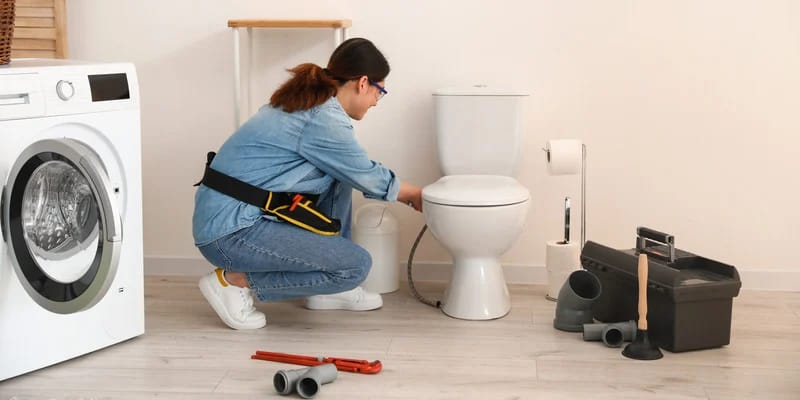A Home Equity Line of Credit (HELOC) lets homeowners borrow against their home equity, offering a flexible way to fund home improvements, education, or consolidate debt. With lower interest rates than credit cards or personal loans, HELOCs are a popular choice. But how do they work, and are they right for you? This guide covers everything you need to know, from key features to the application process.

A HELOC is a revolving credit line that lets you borrow against your home’s equity. Equity is simply the difference between your home’s market value and your remaining mortgage balance.
Unlike traditional loans where you receive a lump sum, a HELOC operates more like a credit card. You’re approved for a maximum credit limit, and you can borrow as much (or as little) as you need, up to that limit, during the “draw period.” You’ll only pay interest on the amount borrowed, not the full limit.
To better understand how a HELOC works, let's break it down into its essential components.
When you apply for a HELOC, your lender will assess your home’s equity to calculate how much you can borrow. Typically, lenders let you borrow up to 85% of your home’s value, subtracting your remaining mortgage balance.
During the draw period, you can borrow funds as needed. You might use these funds to renovate a kitchen, pay for your child’s tuition, or consolidate higher-interest debt.
Payments during this phase are usually interest-only, which means your monthly payments may be lower compared to the repayment period. It’s essential, however, to plan ahead for when the repayment phase begins.
Once the draw period ends, the repayment phase begins. At this stage, you can no longer withdraw funds and must start repaying both the principal and interest.
Repayment terms vary by lender. Some require fixed payments over a set period, while others may offer more flexible arrangements.
HELOCs typically come with variable interest rates, so your monthly payments may change with market trends. However, some lenders now provide fixed-rate options for more stability.
Why do so many homeowners turn to HELOCs? Here are a few notable benefits.
While HELOCs offer several advantages, they’re not without risks.
Applying for a HELOC is similar to applying for a mortgage. Here’s a quick overview of the process.

Deciding whether a HELOC is the right choice depends on your financial goals and circumstances. It’s a versatile tool that works well for those who need access to flexible funding and can manage payments responsibly.
However, if you’re unsure about your ability to maintain consistent payments or are worried about fluctuating interest rates, you may want to explore other options.
A HELOC can be a smart and efficient way to leverage your home equity for various financial needs. Its flexibility, lower interest rates, and potential tax advantages make it an attractive option for homeowners. Before committing, take the time to evaluate your financial situation, research lenders, and understand the terms. If used responsibly, a HELOC can provide the financial backing you need to achieve your goals.

By Eleanor/Oct 29, 2024

By Frederica/Apr 14, 2024

By Frederica/Oct 17, 2024

By Madison Evans/May 22, 2025

By Peter Evans/Mar 04, 2024

By Mark Allen/Mar 11, 2024

By Noah Jones/Apr 28, 2025

By Amelia Martin/Nov 13, 2024

By Peter Evans/Apr 12, 2024

By Vicky Louisa/Apr 02, 2025

By Lucy Lee/Mar 29, 2024

By Amelia Martin/Oct 21, 2024